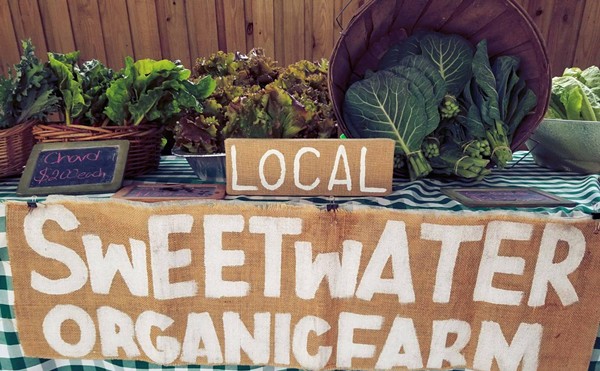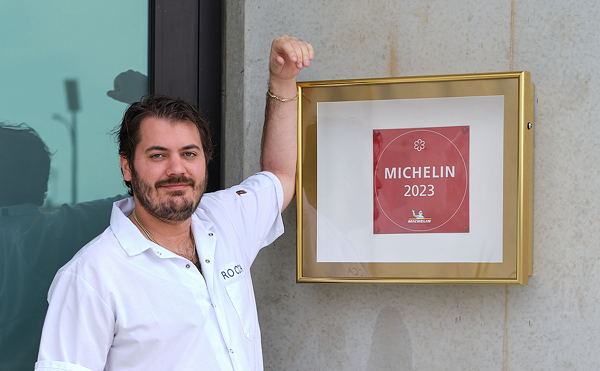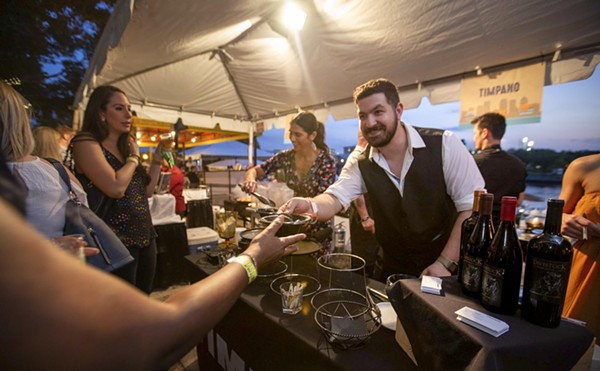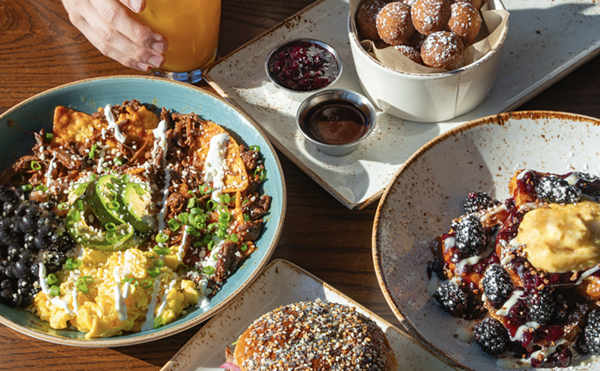Set aside the fast food novelty and newfangled fine dining pomp for a moment. Even as consumers and writers begin to take local produce and heirloom varieties seriously, local Florida food traditions often go unappreciated. Some of our local culinary treasures have languished in relative obscurity for years. It's time to give proper due to those traditions that give Bay area cuisine a sense of place.
The lack of reverence for Florida foodways has something to do with the fact that everyone here is from someplace else. When newcomers arrive, they long for the comfort foods from back home. New Yorkers want to know where to find the same pizza they grew up with. Chicagoans search for hot dogs, and folks from Philly long for cheesesteaks.
This sentimental longing for delicacies from the old country is so pervasive that I coined a term for it: the "Conquistador complex," after the Spanish warriors who came to Florida in the 1500s to steal gold. They ignored Florida's bounty of seafood and produce, and instead dreamed of the brown bread, olive oil, wine and lamb of home. As the missionaries discovered in their hacienda plantations, none of these Old World products could be readily produced in Florida's subtropical climate. And Florida's restaurateurs never seem able to fulfill the expectations of more modern transplants in search of hometown nostalgia.
Florida's food culture is unfairly derided and has few public defenders. Most critics and chefs aren't fond of singing the praises of Florida's humble creations and adaptations, like smoked mullet, Cuban sandwiches, crab enchilado (chilau) over spaghetti, Minorcan clam chowder with datil chili peppers, Greek salads, deviled crabs, oyster stew, Spanish bean soup and Key Lime pie.
As a result, the Bay area's food culture is dying off. In the last decade, Tampa has lost many iconic dining landmarks: Seabreeze, Goody Goody, Palios Bros. Chicken, Snack City and Valencia Gardens, to name a few. Tragic, but those closings can be reminders that we need to appreciate our distinctive local food heritage. In this column, I will explore authentic local dishes, recipes, restaurants and professionals that make the cuisine of the Bay area unique.
That's not to say that I'll ignore more recent developments in the local food scene. Just as there are no distinctly American or Florida foods, there are no true Floridians, either. So the Vietnamese pho merchant or Mexican taco truck is no less a part of our evolving culinary heritage than soft shell crabs. They're just the latest arrivals to the Florida feast.
Hot as the Devil Crabs
I can't think of a more appropriate place to start than the devil crab,















